Understanding Gearbox Bearings
What are Gearbox Bearings?
Gearbox bearings are essential mechanical components that facilitate the smooth operation of a gearbox by allowing rotational motion with minimal friction. They support rotating shafts, distribute the load, and enhance the efficiency of machinery by minimizing wear and tear. Usually made from high-strength materials like steel or ceramics, these bearings come in various designs to accommodate different applications, from automotive transmissions to industrial machinery.
The Role of Bearings in Gearbox Functionality
Bearings in a gearbox are crucial for several reasons. Firstly, they reduce friction between moving parts, which helps in smooth motion and prolongs the lifespan of the components. Secondly, gearbox bearings help maintain correct alignment of gears, which is vital for efficient power transfer. Moreover, they absorb shocks and vibrations generated during operation, protecting the gearbox from damage. In summary, the functionality and overall performance of a gearbox heavily rely on the quality and condition of its bearings.
Common Types of Gearbox Bearings
There are various types of bearings used in gearboxes, each designed for specific applications:
- Ball Bearings: These are the most common type, capable of handling both radial and axial loads. They have low friction, making them ideal for high-speed applications.
- Roller Bearings: Unlike ball bearings, roller bearings can carry heavier loads and are used in applications where durability and load-bearing capacity are critical.
- Needle Bearings: These are a subtype of roller bearings but are designed with a smaller diameter. They offer high load capacity with minimal space requirements.
- Thrust Bearings: Used for axial loads, thrust bearings allow rotation between parts when the primary load is parallel to the shaft.
Signs You Need a Gearbox Bearing Replacement
Identifying Symptoms of Worn Bearings
Recognizing the early signs of worn bearings can save you from costly repairs and prolonged downtime. Symptoms may include:
- Unusual Noises: Grindings, rattles, or whining sounds could indicate that the bearings are worn or damaged.
- Increased Vibration: Excess vibration during operation is a sign that the bearings may not be functioning properly.
- Heat Generation: An increase in the normal operating temperature can signify that bearings are under excessive load or friction.
Analyzing Gearbox Performance Issues
When performance issues arise, it’s vital to analyze all possible causes. Poor gearbox performance could be due to insufficient lubrication, misalignment, or worn bearings. Users should look for:
- Declined efficiency and power output.
- Difficulty in shifting gears.
- Oil leaks that may indicate bearing deterioration.
When to Seek Professional Help
If you notice any of the above symptoms, it’s essential to consider professional evaluation before the situation escalates. A mechanic can conduct exhaustive tests to pinpoint the issue accurately and recommend whether a gearbox bearing replacement is necessary.
The Gearbox Bearing Replacement Process
Essential Tools and Materials Needed
Before attempting to replace gearbox bearings, ensure you have the right tools and materials. Here’s what you’ll typically need:
- Wrenches and sockets
- Screwdrivers (flathead and Phillips)
- Bearings and seals
- Lubricant or grease
- Pullers for bearing removal
- A torque wrench for reassembly
Step-by-Step Replacement Guide
Replacing gearbox bearings can be complex, but following these steps can simplify the process:
- Preparation: Disconnect the power supply, and ensure you have adequate space and lighting to work.
- Remove the Gearbox: Remove any covers, bolts, and hoses to carefully detach the gearbox from its housing. Ensure you label all connections for easier reassembly.
- Extract Old Bearings: Use a puller to remove old bearings while ensuring no damage to the surrounding components.
- Clean the Area: Thoroughly clean the gearbox housing to remove old lubricant and debris.
- Install New Bearings: Place new bearings into their respective slots. Make sure they are seated evenly and greased appropriately.
- Reassemble Gearbox: Reattach the gearbox to its housing, ensuring all connections are secure and that the torque specifications are met.
- Testing: Reconnect power and run the gearbox to ensure proper operation.
Safety Precautions During Replacement
Safety should be your top priority when working on mechanical systems. Here are some essential precautions to keep in mind:
- Always wear personal protective equipment, including gloves and safety goggles.
- Ensure the workplace is clean and organized to prevent accidents.
- Be cautious of sharp tools and heavy machinery.
- Follow manufacturer guidelines and torque specifications during reassembly.
Post-Replacement Care and Maintenance
Testing Gearbox Performance Post-Repair
After a successful replacement, testing is crucial. Monitor for any unusual noises or vibrations and ensure the gearbox operates smoothly. A test run under different loading conditions can help identify any potential issues early on.
Maintenance Tips for Longevity
To keep your new bearings in top condition, adhere to these maintenance tips:
- Regularly check and replace lubrication to reduce wear.
- Inspect bearings for unusual wear patterns regularly.
- Ensure all seals are intact to prevent contaminants from entering the gearbox.
Scheduling Regular Inspections
Preventative maintenance is key to prolonging bearing life. Create a schedule for regular inspections, ideally every 6-12 months, or as per the manufacturer’s recommendation based on your specific application.
Cost Considerations for Gearbox Bearing Replacement
Average Cost Estimates and Factors Affecting Prices
The cost of gearbox bearing replacement can vary significantly based on several factors:
- Type of Vehicle or Equipment: Heavy-duty vehicles may require more expensive, robust bearings.
- Labor Costs: Professional replacement may involve higher labor costs depending on the technician’s rates and geographical location.
- Quality of Parts: OEM (Original Equipment Manufacturer) parts may cost more but often provide better longevity compared to cheaper alternatives.
On average, the entire process can range from £150 to £500, depending on these variables.
DIY vs. Professional Services: What to Consider
If you’re considering a DIY approach, it can be cost-effective if you possess the necessary tools and skills. However, if you’re unsure or lack experience, seeking professional services may prevent future issues and save money in the long run.
Finding Quality Replacement Parts
When sourcing replacement parts, focus on reputable suppliers and manufacturers. Always check reviews, warranties, and return policies to ensure you receive high-quality components for your gearbox. Local mechanics can often recommend trusted vendors or suppliers based on your specific needs.
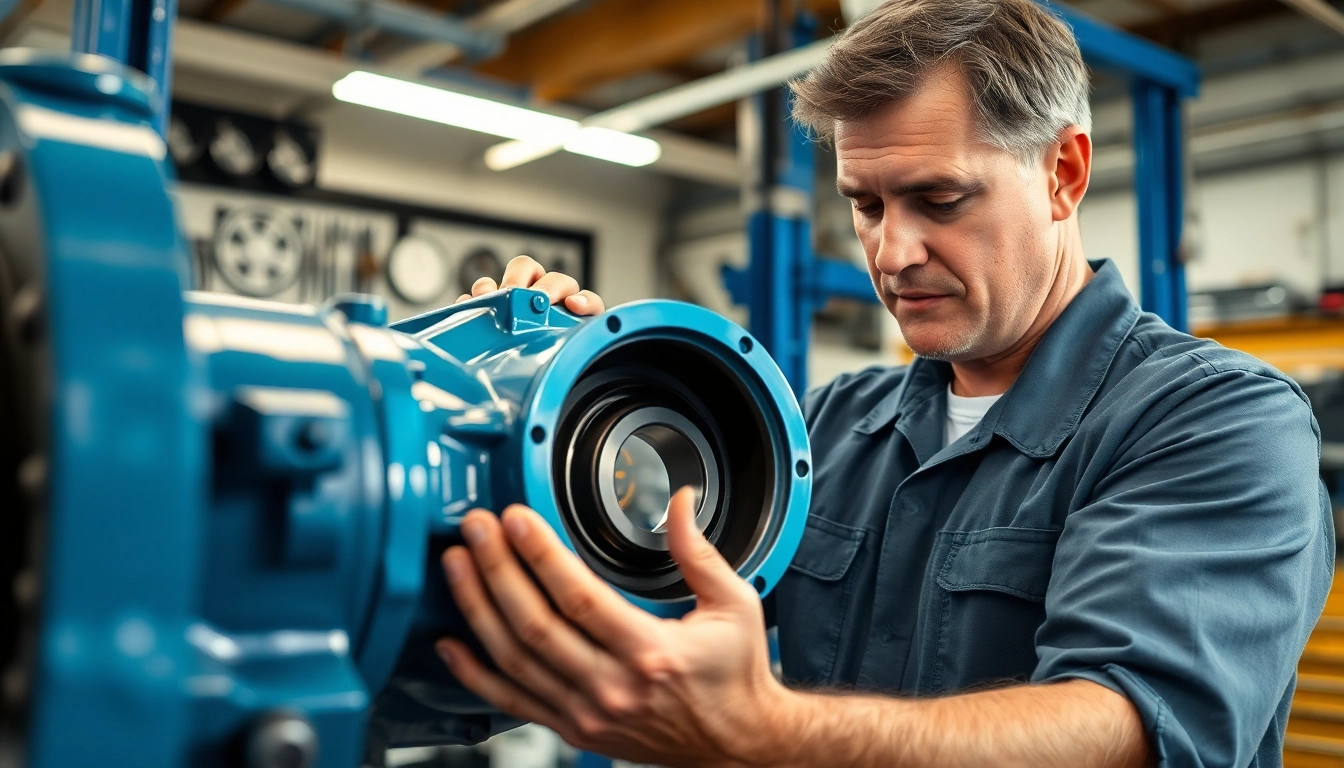
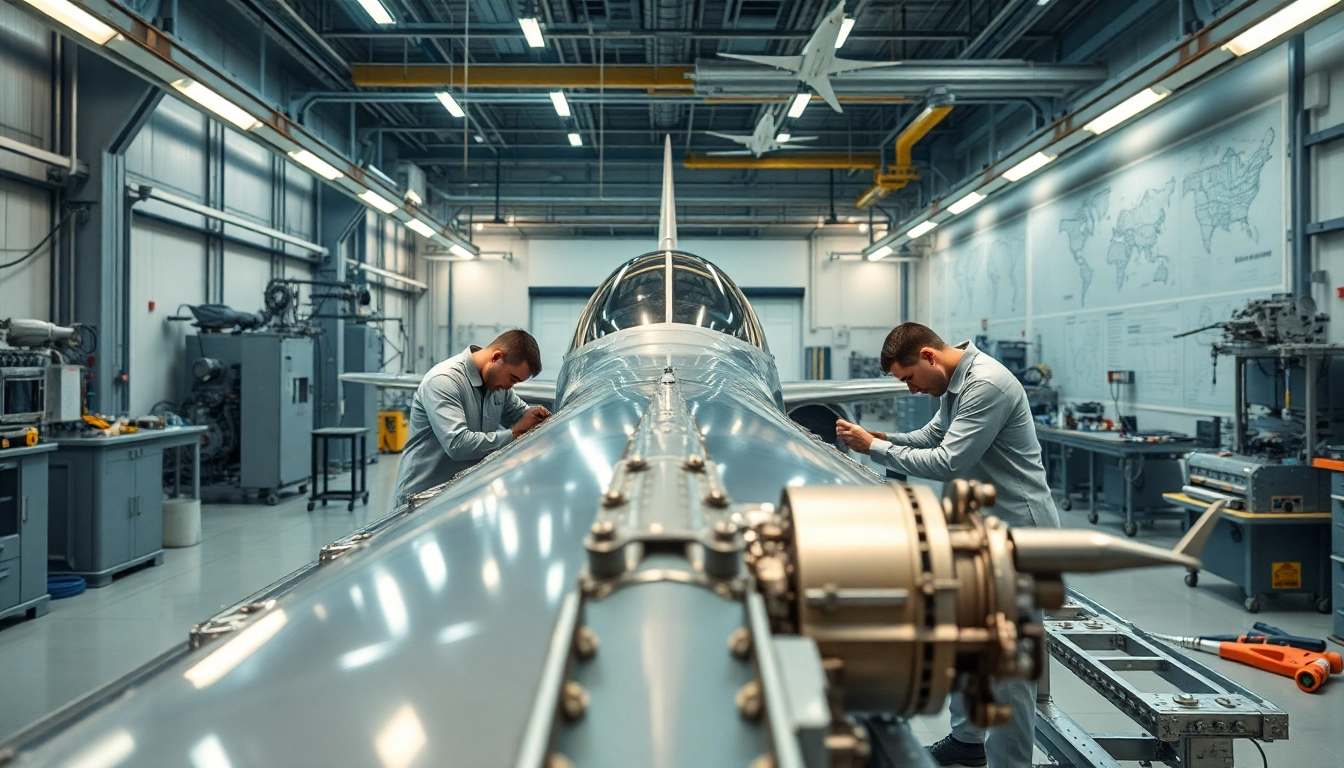
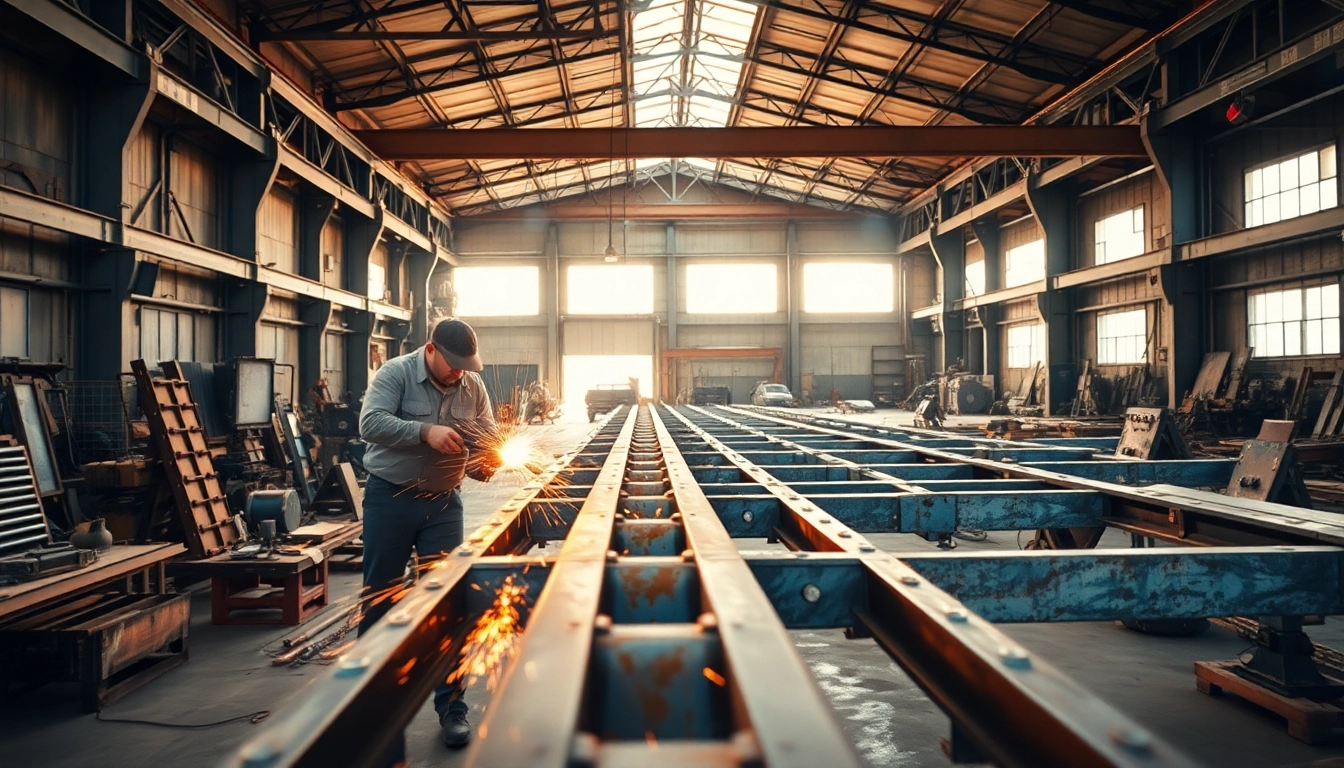





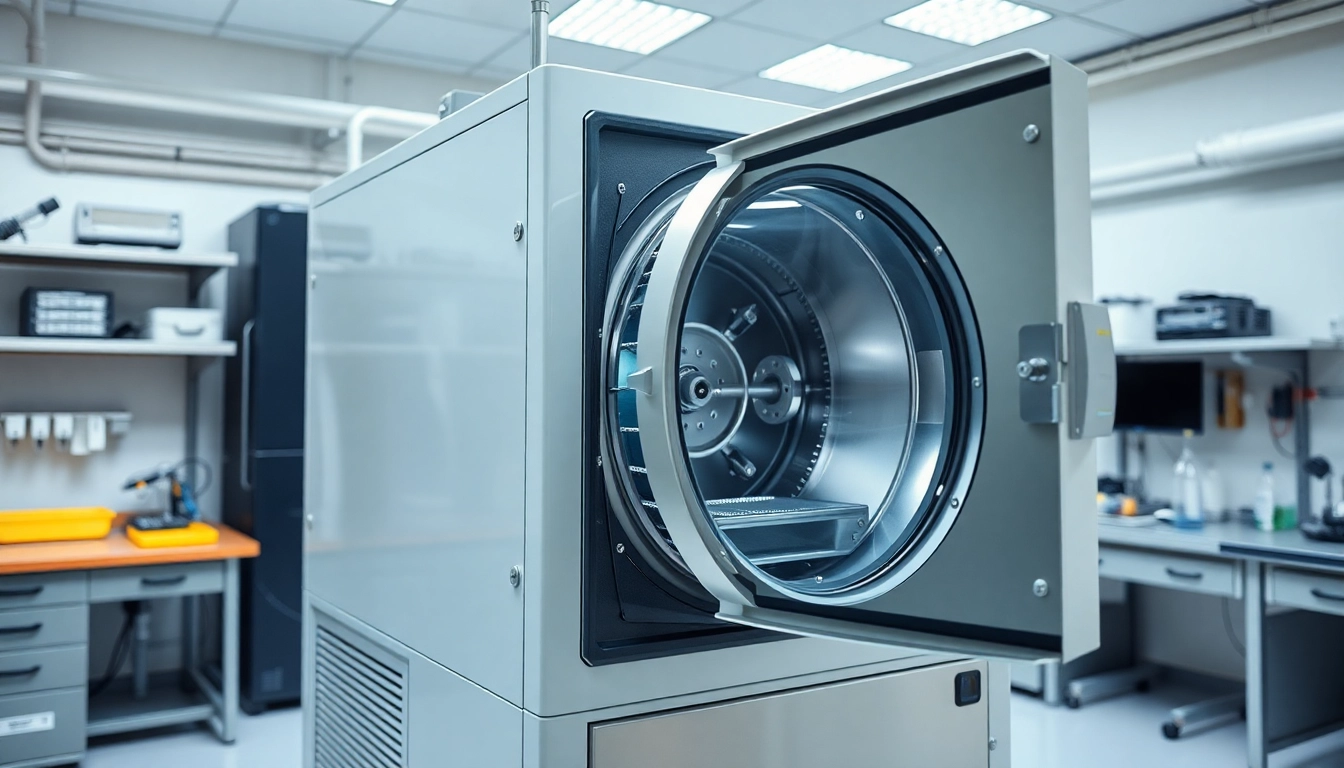
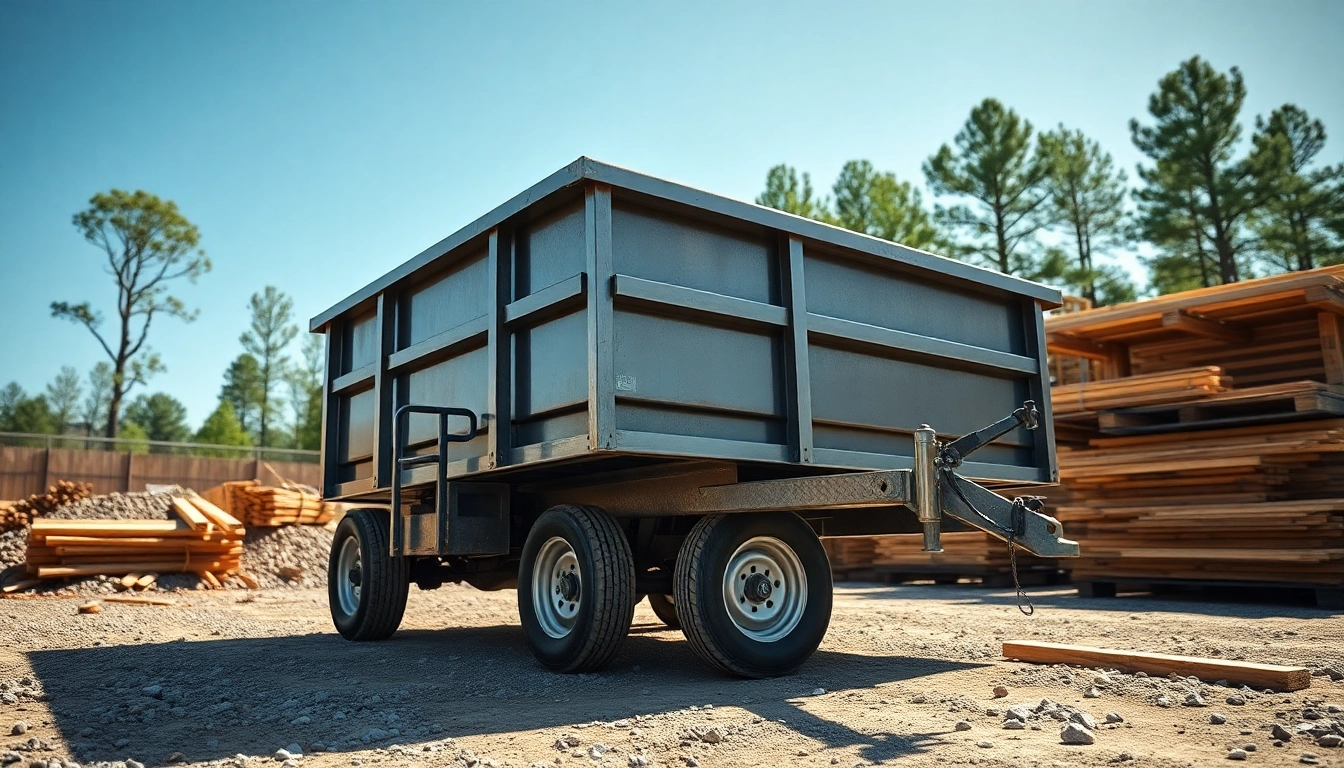

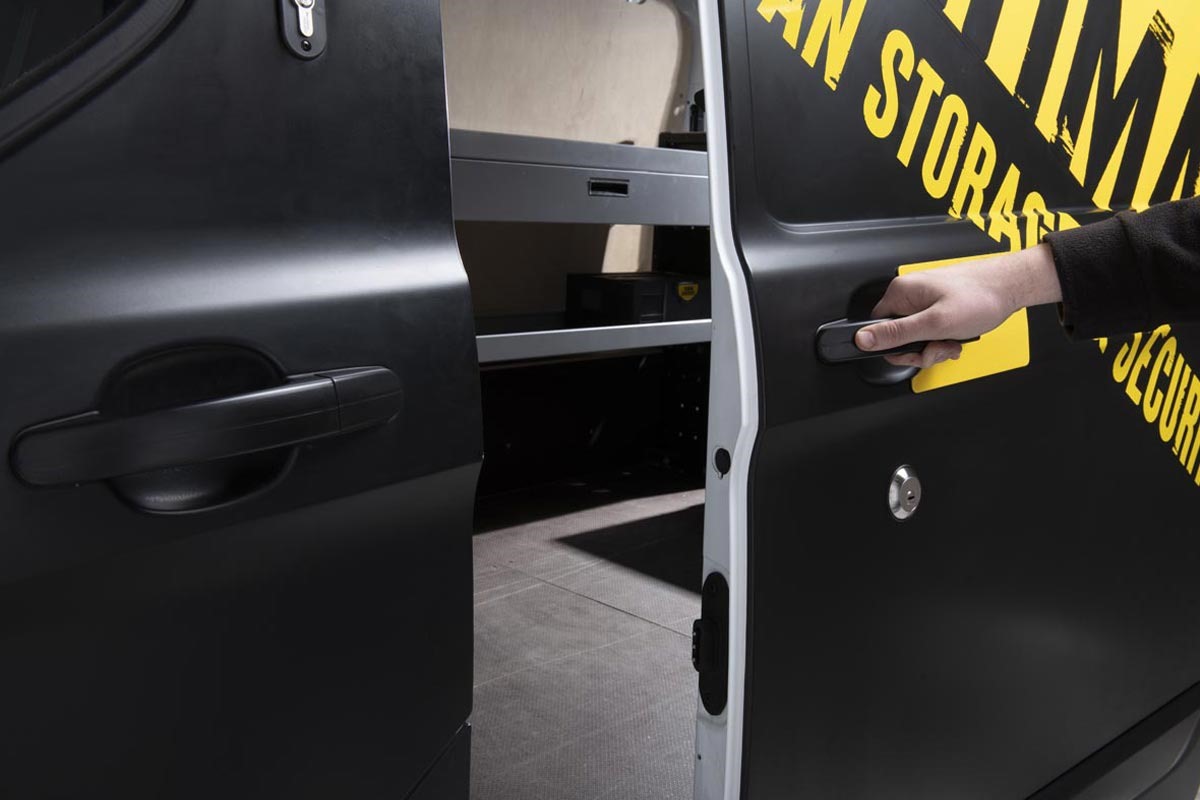


Leave a Reply